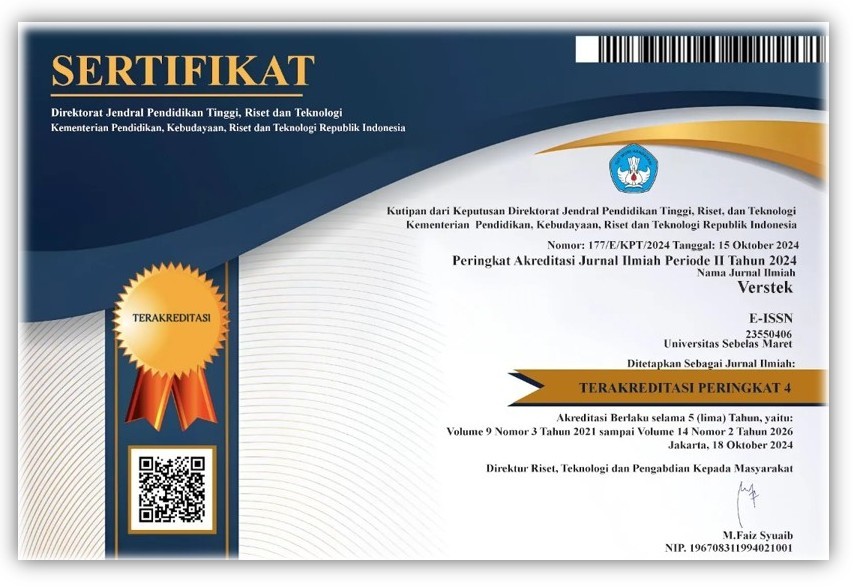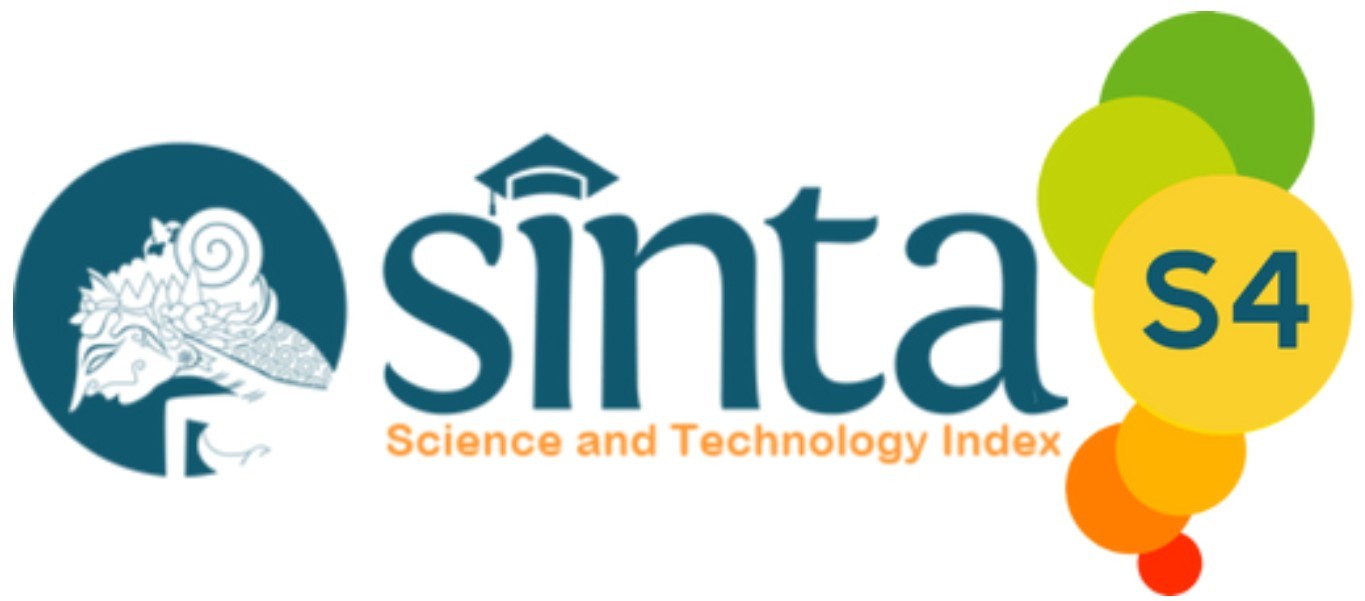Saksi Unus Testis Nullus Testis Dalam Perkara Persetubuhan Dengan Anak Studi Putusan Pengadilan Nomor
Abstract
The aims of this law writing is to find out the use and the value of evidence of unus testis nullus testis witnesses in the process of proving criminal intercourse with under age children in district court of Boyolali. This law writing included the type of normative legal research, using primary and secondary data sources, primary legal materials in the form of District Court Judges Decision of Boyolali No.09/Pid.Sus/2012/Pn.Bi. In this case, the data source used the Criminal Procedure Code (Criminal Code), the Child Protection Act No.23 of 2002 year, as well as other library materials. Technique of collecting the data used is through the collection of secondary data, performed literature study to collect and collate data relating to the matter under investigation. The data have been obtained after passing the data processing mechanism then determined the type of analysis, so that the data collected is more accountable. The results obtained from this study are the use of unus testis nullus testis witnesses can be used if the minimum requirement of proof has been reached, the witness statements, expert statements / letters and added the defendant's testimony evidence. In addition to a witness who was standing alone does not provide the strength of evidence is legitimate, but if it no longer stands alone and can be linked with other evidence, it certainly has a legitimate and independent power, which can be disabled with the other evidence in the form of a decharge witness or the expert testimony or alibi.
Keywords: Evidence, Intercourse Crime, Unus Testis Nullus Testis
Full Text:
PDFReferences
Buku
Hamzah, Andi. 2008. Hukum Acara Pidana. Jakarta: Sinar Grafika.
__________. 2011. Hukum Acara Pidana Indonesia. Jakarta: Sinar Garfika. Gosita, Arief. 1993. Masalah Korban Kejahatan. Jakarta: Akademika
Pressindo
Prakoso, Djoko. 1988. Alat Bukti Dan Kekuatan Pembuktian Didalam Proses Pidana. Yogyakarta : Liberty.
Sumitra, Irma Setyowati. 1990. Aspek Perlindungan Anak. Bumi Aksara.
Jakarta.
Ibrahim, Johnny. 2006. Teori & Metodologi Penelitian Hukum Normatif.
Malang : Banyumedia Publishing
Marpaung, Leden. 1996. Kejahatan Terhadap Kesusilaan dan Masalah Prevensinya. Jakarta: Sinar Grafika.
Moeljanto. 2000. Asas – asas Hukum Pidana. Jakarta : Rieneka Cipta.
Harahap, M. Yahya. 2008. Pembahasan Permasalahan dan Penerapan
KUHAP. Jakarta: Sinar Grafika.
___________. 2009. Pembahasan Permasalahan Dan Penerapan KUHAP. Edisi Kedua. Jakarta: Sinar Grafika.
Marzuki, Peter Mahmud. 2006. Penelitian Hukum. Jakarta: Kencana.
Muhammad, Rusli. 2007. Hukum Acara Pidan Kontemporer. Bandung: PT Citra Aditya Bakti.
Subekti. 1983. Hukum Pembuktian. Jakarta: Pradnya Pramita.
Sudarto. 1986, Hukum dan Hukum Pidana. Bandung: Bayumedia Publishing.
Jurnal
Jurnal Hukum Respublica. 2007. Pemahaman Hukum Pembuktian dan Alat Bukti Sebagai Upaya Meningkatkan Pembangunan Bangsa. Vol 6.
Kevin T. McGuire and James A. Stimson. 2004. The Least Dangerous Branch Revisited: New Evidence on Supreme Court Responsiveness to Public Preferences. The Journal of Politics. Vol 66, No 4, 1018-1035.
Lagnado, David A. and Harvey, Nigel. 2008. The impact of discredited evidence. Psychonomic Bulletin & Review. Vol 15 (6), 1166-1173.
Refbacks
- There are currently no refbacks.











